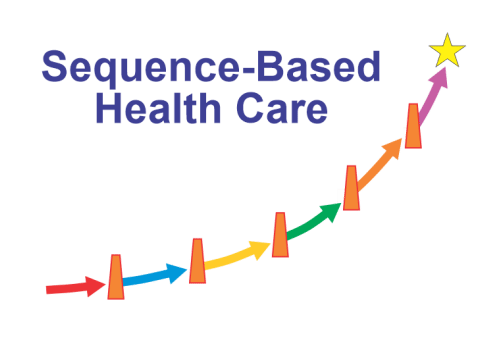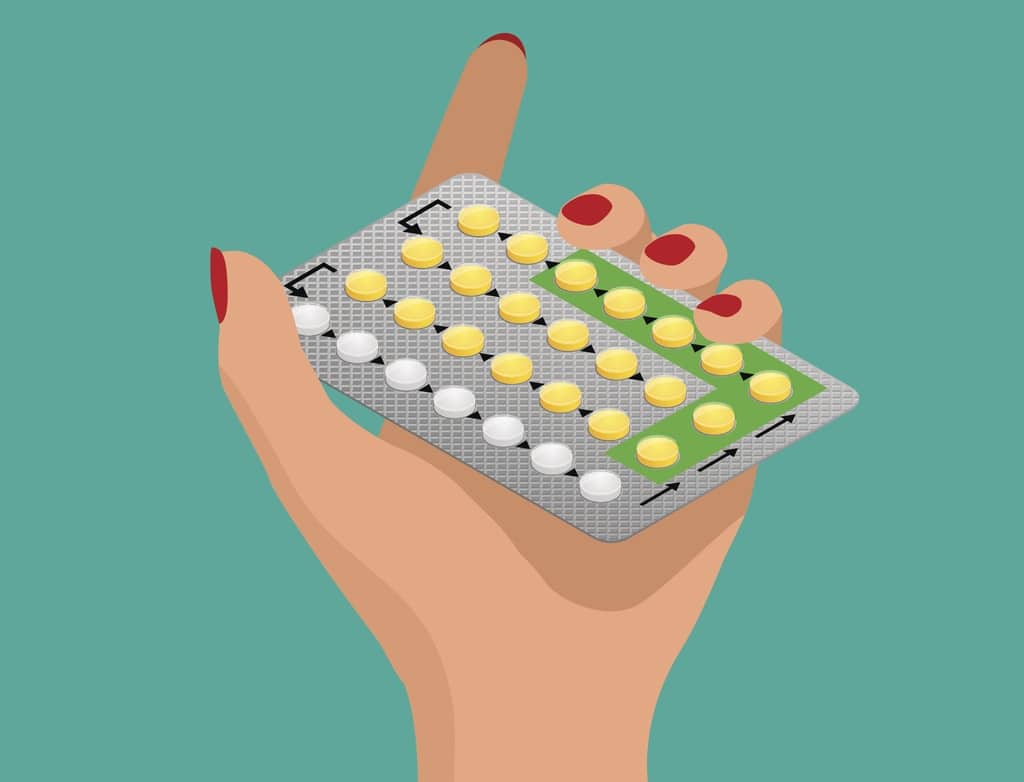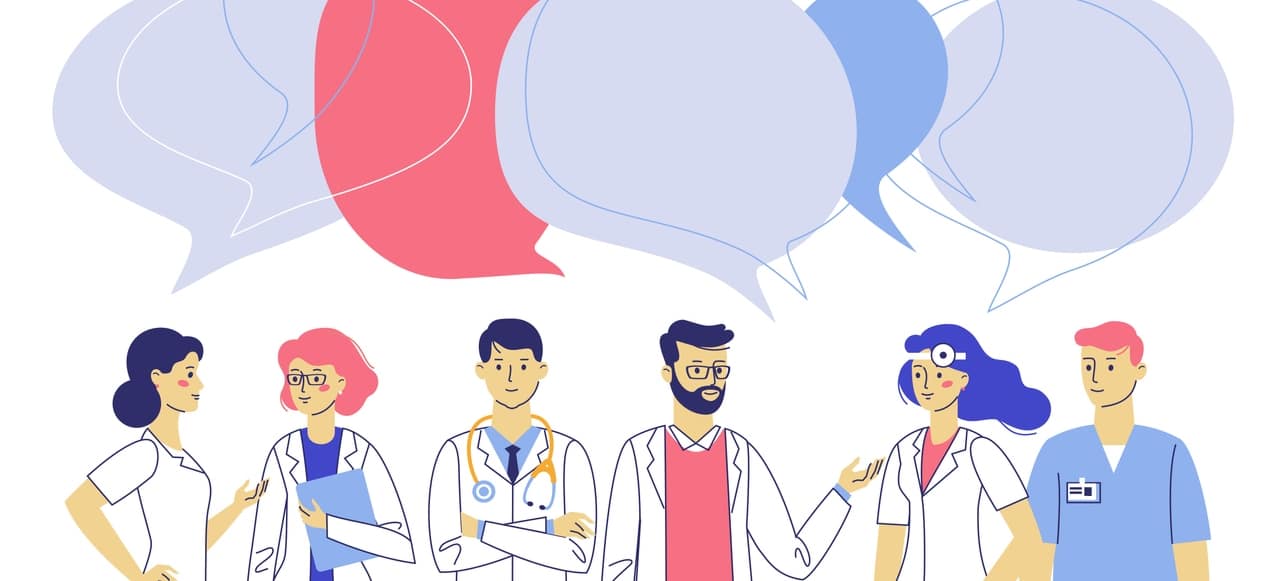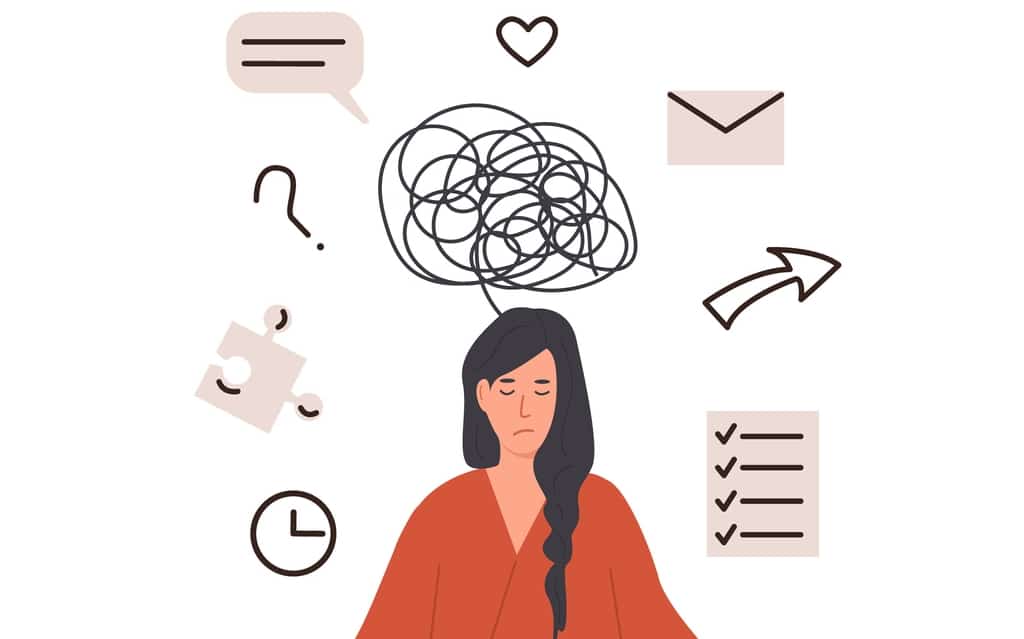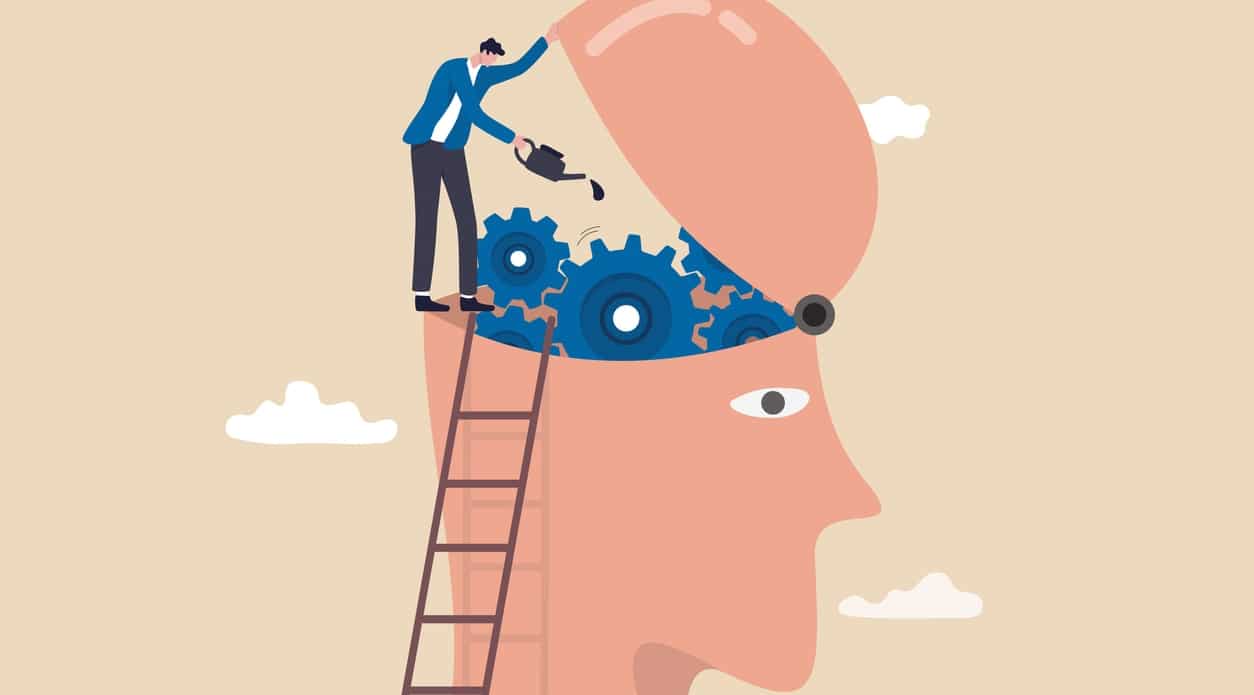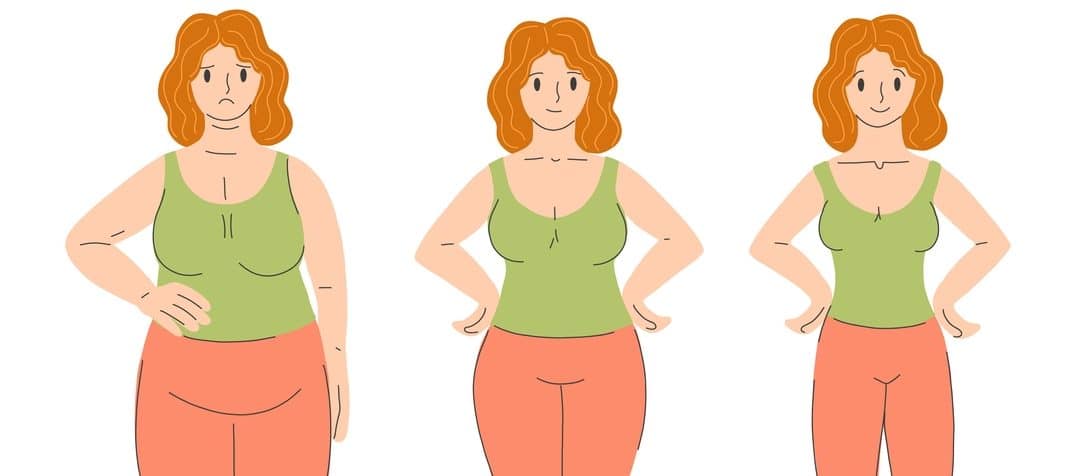
Lose The Weight
To Lose Weight… Stop Trying to Lose Weight
If you are frustrated (or beyond frustrated) by your inability to lose weight, I have some radical advice:
Stop trying to lose weight.
The usual actions for weight loss revolve around diet and exercise. Weight loss is supposed to happen if you burn more calories than you take in.
But in many cases, this has proven to be completely ineffective.
This can leave you frustrated, often trying one diet, supplement, or exercise program after another.
There Are Other Reasons for Stubborn Weight
Some people can lose weight by making a few diet changes and becoming a little more active (you may hate these people).
However, genuine cases of stubborn weight rarely succeed with calorie-based solutions because calories frequently aren’t the reason for the weight.
Less known but very common causes of stubborn weight:
- Food allergies
- Digestive problems
- Hormone imbalances
- Blood sugar problems
Many people can’t lose weight or stop gaining weight due to health problems that have nothing to do with calories or exercise.
Most attempts to lose weight are based on calories and exercise, thus maximum frustration.


An Essential Action
If you’ve had trouble with your weight and want to lose it and keep it off, you’ll have to be active. I have never seen a patient successfully lose weight without becoming active*. By “active” I mean walking each day, moving around during the day, and doing several hours of activity on weekends (yard work, hiking for an hour or two, etc.) on weekends.
If you have a health condition preventing you from being active, this may need to be improved to lose weight. Commonly my weight patients say they have no energy or motivation to be active. There are usually physical reasons for this which can be improved, resulting in good energy, better motivation, good activity level… and weight loss!
*Don’t start an exercise program without your doctor’s approval.


Cravings!
Often I’m asked, “What if I can’t control what I eat? I crave sugar, carbs, and junk food all day long.”
This can be a barrier to any weight loss. Happily, I researched and addressed this problem decades ago. I have specialized acupressure treatments that help the body reduce or eliminate cravings so you can control your food intake.
Weight Loss Formula:
- Identify and resolve any health problems, such as hormones, allergies, etc., that will prevent weight loss (this is a worthwhile action for your happiness and future health, anyway).
- Eat a healthy diet for your specific health challenges. For example, if you have blood sugar problems, you need to control your carbs and sugar more than most people.
- If eating healthy is challenging, reduce your cravings and get on a diet consultation program.
- Become (or continue to be) active daily.
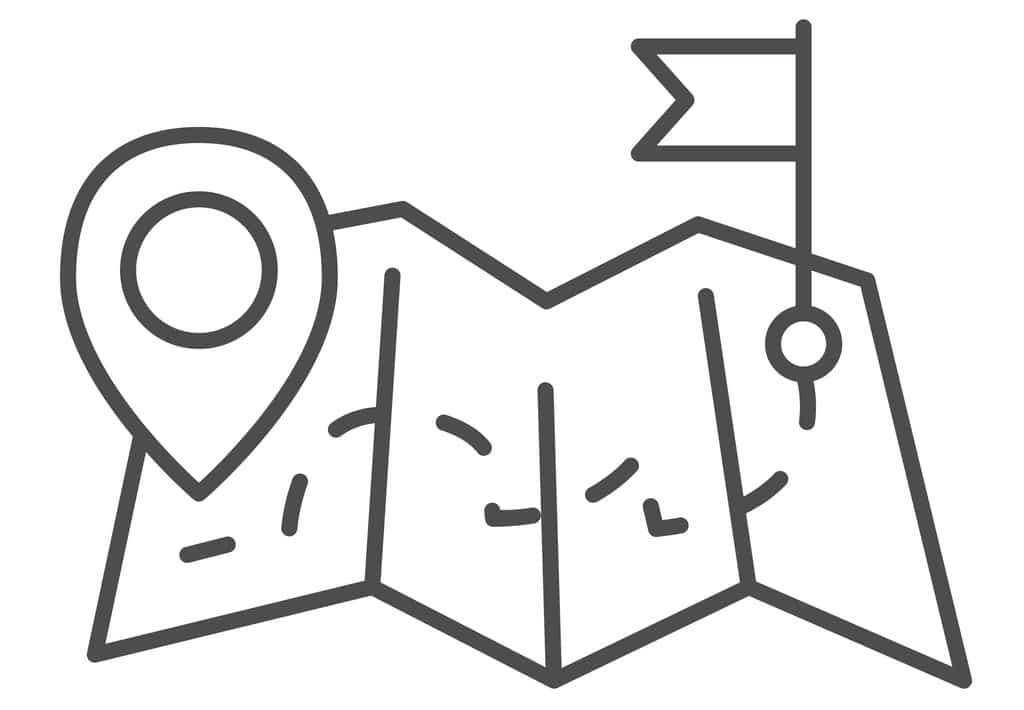

You Don’t Need a Treatment; You Need a Guide and a Program
If you have been dealing with stubborn weight for a long time, there is probably no single solution to resolve this.
The reason for your weight problem is going to be more complex than a drug, supplement, or diet solution can handle.
You need an entire program to work with your body, diet, and lifestyle to restore your life and health. You’ll also need a guide to work with you through the program and ensure you get a complete result.
This doesn’t have to be hard. It could be done in less time than you may imagine.
I understand how you feel; it was my own frightening health experiences that inspired my clinic. I’ve been where you are myself.
I’ve been helping cases like yours for 28 years and have developed a comprehensive program that is individualized and unique to you. What I do isn’t a secret! You can go to my Information and Education Hub webpage and read as much as you like about what I do and how it works.
Here is your plan:
- Use the link below to go to my online health quiz.
- Fill out the quiz and submit it.
- We’ll call you and do a phone consultation to determine if it’s likely that we could help you.
- You’ll get started toward feeling better and achieving your weight and health goals.
DON’T BE STOPPED. DON’T DELAY OR “THINK ABOUT IT.” TAKE ACTION RIGHT NOW TO DISCOVER IF THIS IS THE SOLUTION YOU HAVE BEEN LOOKING FOR.
TAKE THE QUIZ!
TO START YOUR PLAN: Fill out an online questionnaire
Submit your Questionnaire, and you’ll receive a complimentary consultation to get more information about causes to your problems and your individual health questions answered.
The Incredible Shrinking Woman!!
I started coming to Alternative Health Atlanta because of my hot flashes and night sweats primarily. My weight and cravings for sugar and junk food were a secondary concern. After just 4 1/2 short weeks, not only have the hot flashes and night sweats lessened, I’m no longer having any food cravings at all and I’ve already lost 24 pounds! My friends at work are calling me the incredible shrinking woman! The acupressure treatments are awesome and support that everyone gives me is making such a great difference in my life! Thank you! — C.V.









